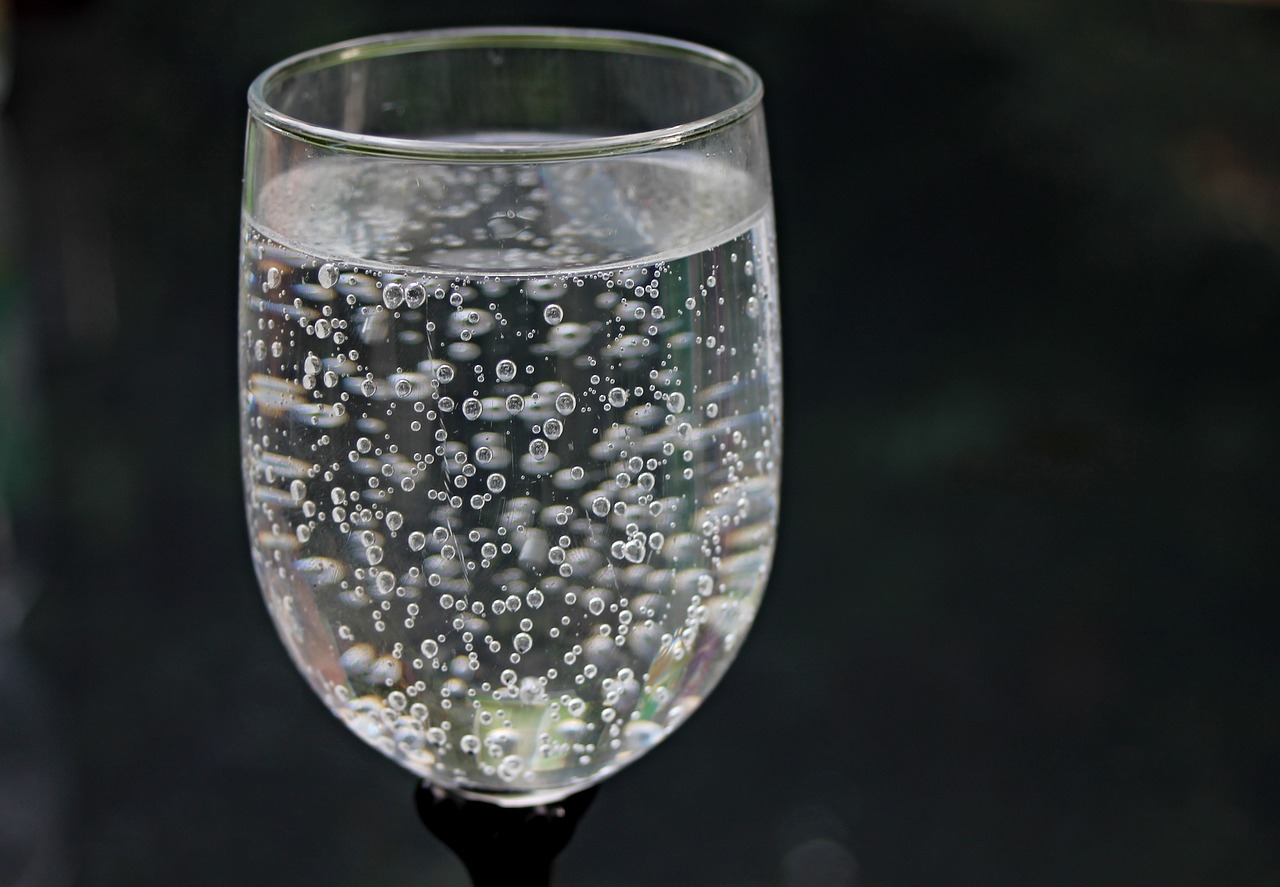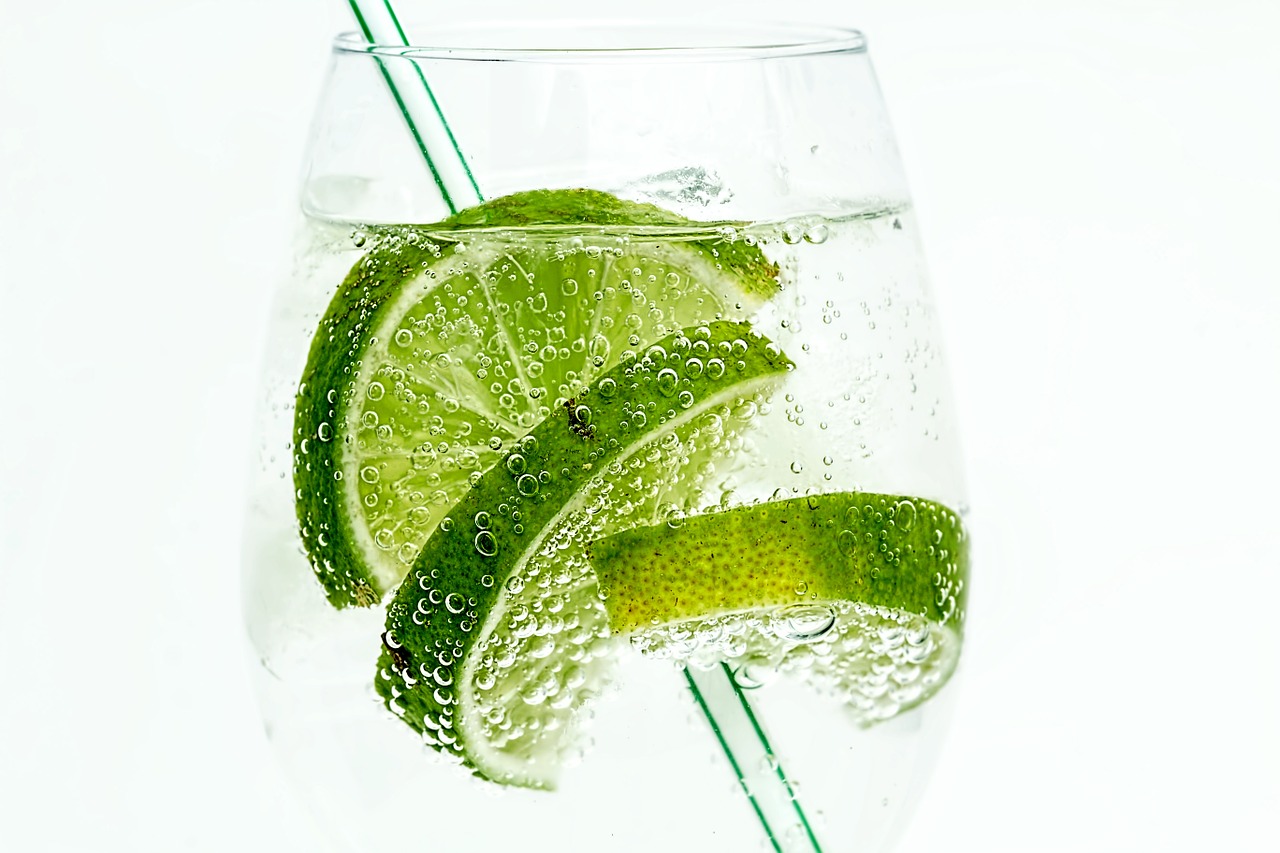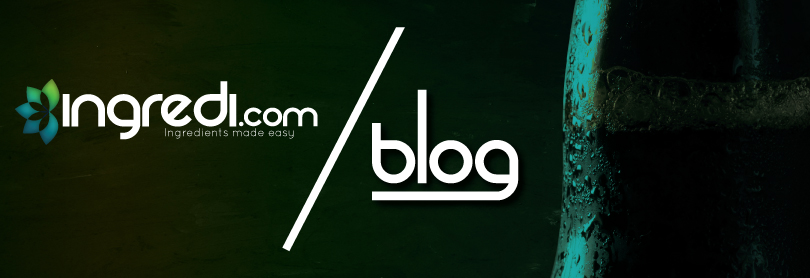What’s the Difference Between Seltzer, Sparkling Water, Club Soda, and Tonic Water?
By on Jun 13th 2019
With no signs of fizzing out of favor, carbonated water continues to rise in popularity. Just look at any grocery store’s selection of bubbly beverages and you’ll be quickly overwhelmed with seemingly endless choices between different brands and flavors of seltzer, sparkling water, club soda, and tonic water. They’re all fizzy and fun to drink, but what’s the difference between them?
Seltzer, sparkling water, club soda, and tonic water are all different types of carbonated drinks that vary in the way that they are processed.

Seltzer
Seltzer is the most basic type of carbonated water. It’s chemically made with H 2O and CO2. That’s it—just plain carbonated water unadorned with any flavoring, minerals, or additional compounds. It has a clean, flavorless taste to it, so your taste buds can concentrate solely on the fizz produced from the carbon dioxide.
Sparkling Water
Unlike seltzer, sparkling water is naturally carbonated by a spring or well that contains a variety of minerals. Each underground spring provides its own unique, natural flavor due to varying amounts of sodium, magnesium, and calcium. The layers of rock that the water flows through determines the type of minerals in it. Although carbonation occurs naturally in sparkling water, many producers like to further carbonate their products by adding carbon dioxide, giving them extra bubbles.
Sparking water requires a certain amount of minerals and trace elements to even be considered sparking water. For instance, the FDA states that mineral water must contain at least 250 parts per million dissolved solids from the source where it was bottled.
Club Soda
Like seltzer, club soda is carbonated water but contains added salts such as potassium benzoate, sodium citrate, and potassium sulfate. This combination mimics the taste of mineral water, leaving it with a more earthy taste compared to the other forms of carbonated water. Since club soda contains sodium, it is commonly used as a mixer for cocktails.

Tonic Water
Tonic water stands apart from the above-mentioned beverages for its unique, bitter taste thanks to quinine, a compound isolated from the bark of cinchona trees that were historically used in high doses to prevent malaria. Don’t worry, quinine is now heavily-diluted before ever entering your tonic water. High-fructose corn syrup or sugar are commonly added sweeten the bitter, carbonated concoction.
Another major difference between this water and the others is tonic has calories. The added sugars used to counteract the bitter taste add up quickly. In fact, 12 ounces of tonic is roughly 130 calories (which is an important note to remember when deciding between tonic water and club soda as a mixer).
Potassium Benzoate
What does potassium benzoate have to do with carbonated water? It is commonly used an acidulant, a food additive that gives off a tart taste, in sparkling drinks. Potassium benzoate also protects final products from developing any unwanted flavors.
Here at Ingredi, we offer Potassium Benzoate FCC, or Potassium Salt, that is manufactured and packaged by Emerald Performance Materials in a 25 kilogram (55 pound) bag.





